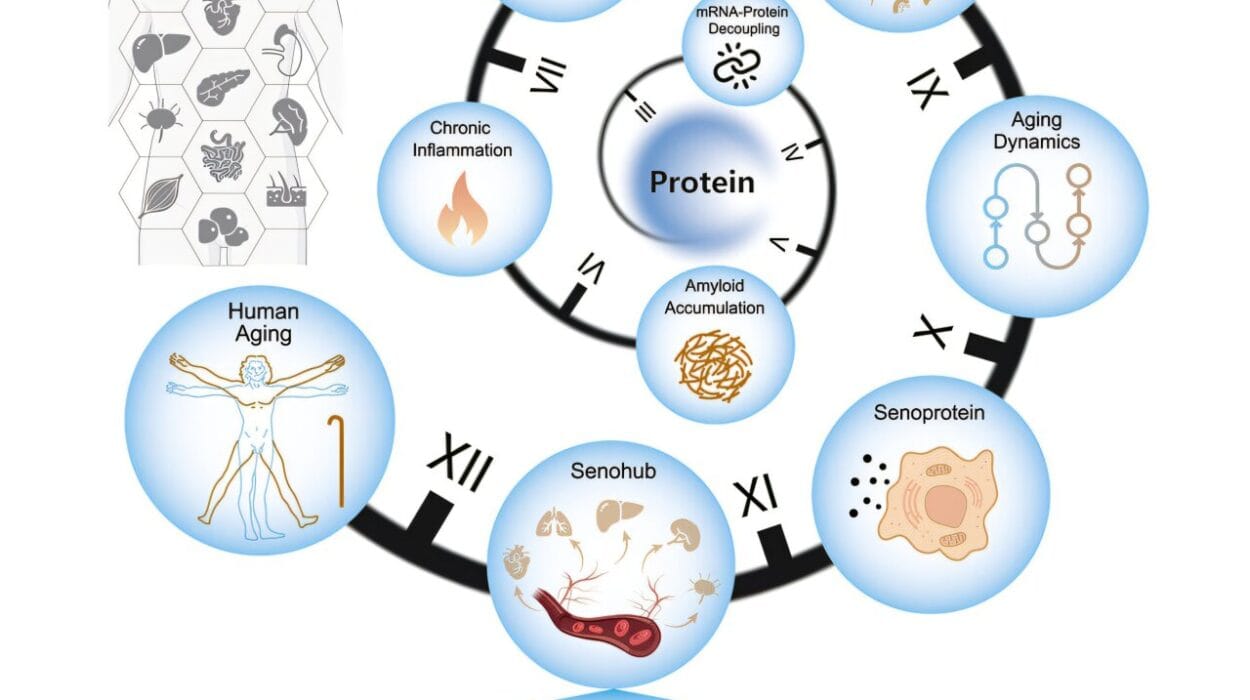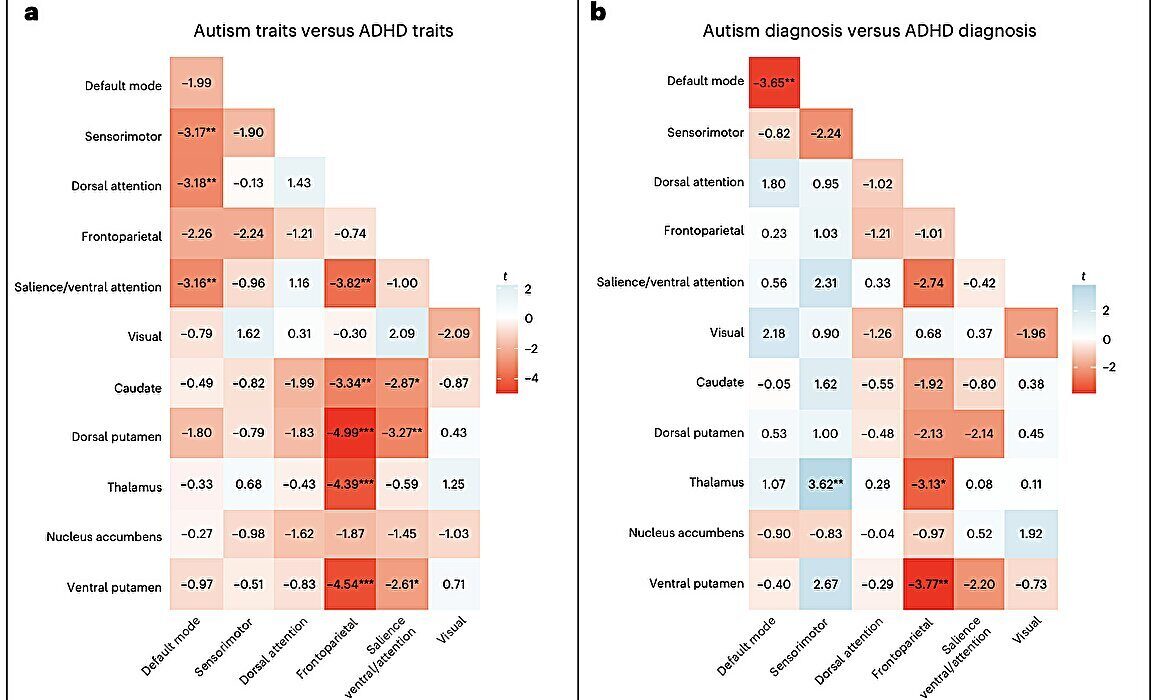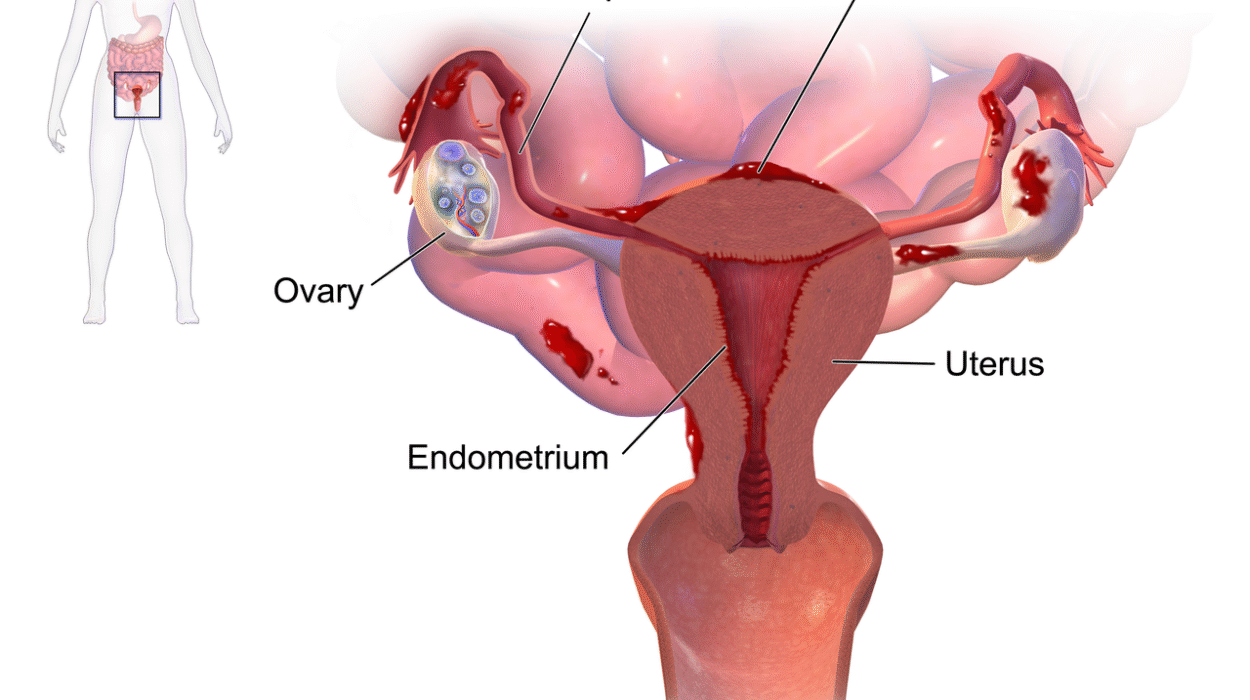When we think of health, our minds often drift toward broken bones, persistent coughs, or blood test results. We imagine physical symptoms—things we can touch, see, or treat with a pill. But health is much more than the absence of disease or pain. It includes the unseen world within us—our thoughts, feelings, behaviors, and sense of being. That world is called mental health, and in today’s fast-paced, hyper-connected, increasingly uncertain world, it matters more than ever.
Mental health affects how we think, feel, and act. It determines how we handle stress, relate to others, and make decisions. It’s not just the foundation of personal well-being but the bedrock of a healthy society. And yet, for much of human history, mental health was either ignored or misunderstood.
Today, we’re beginning to understand the incredible complexity of the human mind—and how essential it is to care for it. But what exactly is mental health? And why is the conversation surrounding it so urgent in our time?
Defining Mental Health in the Modern Age
At its core, mental health is a state of well-being. The World Health Organization (WHO) defines it as a condition in which a person realizes their abilities, can cope with the normal stresses of life, can work productively, and is able to make a contribution to their community. It’s not just about the absence of mental illness—it’s about thriving.
Mental health includes emotional well-being (how we manage emotions like joy, anger, sadness), psychological well-being (how we think, process information, and interpret the world), and social well-being (how we connect with others). It influences how we deal with adversity, whether we find meaning in our experiences, and how we engage with the people around us.
In contrast to mental illness, which refers to specific, diagnosable disorders like depression, anxiety, schizophrenia, or bipolar disorder, mental health is a broader concept. You can experience poor mental health without having a mental illness, just as someone with a mental illness can still have moments of well-being.
The Stigma That Shadows the Mind
Despite being fundamental to overall health, mental health has long been treated as the less important sibling to physical health. For centuries, mental illness was seen as a moral failing, a spiritual flaw, or even the result of demonic possession. Sufferers were hidden away, locked up, or left untreated.
Even today, in a world of incredible medical advances, stigma still surrounds mental health. People often hesitate to talk about their struggles for fear of being judged, ridiculed, or misunderstood. This silence is deadly. It prevents early intervention, fosters isolation, and reinforces a false divide between the mind and body.
Breaking this stigma is not just a matter of kindness—it’s a matter of life and death. The more we understand that mental health is health, the closer we get to a society where every person can receive the support they need without fear or shame.
Why Mental Health Matters Now More Than Ever
Mental health has always mattered—but in our current world, it has taken on an even greater urgency. Our lives are more connected, more complex, and more stressful than ever before. Technology, while bringing us closer, has also increased loneliness, anxiety, and burnout. Social media, 24/7 news cycles, political unrest, climate change, pandemics—the mental burden is immense.
According to the WHO, depression is now the leading cause of disability worldwide. Anxiety disorders are among the most common mental health issues, affecting hundreds of millions. Suicide, often a result of untreated mental illness, remains one of the leading causes of death, particularly among young people.
The COVID-19 pandemic served as a global mental health wake-up call. As lockdowns, fear, and uncertainty spread, so too did a rise in depression, anxiety, and stress-related disorders. The need for mental health care skyrocketed—and with it, a growing awareness that mental health is not a luxury, but a necessity.
Children, Teens, and the Mental Health Crisis
Perhaps no group has been more affected by today’s mental health challenges than young people. Childhood and adolescence are critical periods for emotional and psychological development. Yet, increasing numbers of children and teens report feeling sad, hopeless, or anxious.
Social media, while offering connection, often exacerbates feelings of inadequacy and exclusion. The pressure to perform academically, socially, and even online can lead to burnout before adulthood even begins. Add bullying, family stress, and trauma to the mix, and it’s no wonder youth mental health is in crisis.
Schools are often ill-equipped to handle these challenges, and mental health services for young people remain underfunded and understaffed in many parts of the world. Early intervention is crucial—not just for preventing long-term issues but for helping children and teens build resilience and emotional intelligence for life.
The Workplace: Where Mental Health Meets Reality
For adults, work is often the defining feature of life. It gives us structure, purpose, and a way to contribute. But it can also be a source of immense stress. Long hours, unrealistic expectations, job insecurity, and toxic environments take a heavy toll on mental well-being.
Burnout, once seen as an individual failing, is now recognized as a serious occupational hazard. It is characterized by emotional exhaustion, cynicism, and reduced professional efficacy. Left unchecked, it can lead to depression, anxiety, substance abuse, and even physical illness.
Thankfully, a growing number of organizations are recognizing the value of mental health in the workplace. From offering mental health days and flexible schedules to providing access to counseling and training managers to spot signs of distress, the conversation is beginning to change.
The Physical Impact of Mental Health
The mind and body are not separate entities—they are deeply connected. Mental health affects physical health, and vice versa. Chronic stress, for instance, can weaken the immune system, increase blood pressure, and contribute to heart disease. Depression has been linked to diabetes, obesity, and even cancer.
People with serious mental illnesses often have significantly shorter life expectancies, not because of the mental illness itself, but because of preventable physical health conditions that go untreated. Conversely, those dealing with chronic physical illnesses often experience anxiety and depression as a result of their condition.
This mind-body connection underscores why integrated care is essential. Treating the whole person—not just the symptoms—leads to better outcomes and healthier lives.
The Role of Culture and Community
Mental health doesn’t exist in a vacuum. It’s shaped by the world around us—our family, culture, religion, socioeconomic status, and community. What one culture sees as a mental illness, another may interpret as spiritual awakening. In some societies, mental health issues are never spoken of; in others, they are openly acknowledged and addressed.
Poverty, discrimination, violence, and lack of access to education or healthcare all increase the risk of mental health issues. Marginalized communities, including racial minorities, refugees, LGBTQ+ individuals, and people with disabilities, often face higher mental health burdens due to systemic injustice and inequality.
Creating mentally healthy societies means addressing these broader social determinants of health. It means investing in housing, education, and equity. It means building communities where everyone feels safe, valued, and supported.
Therapy and Treatment: Breaking the Myths
For many, the idea of therapy still carries an outdated stigma—something only “crazy” people need. In truth, therapy is for anyone with a mind. It’s a space to explore thoughts, process emotions, and develop coping skills. It’s not about fixing what’s broken but strengthening what’s already there.
Treatment options today are diverse and growing. Talk therapy, cognitive behavioral therapy (CBT), medication, mindfulness, group therapy, art therapy, EMDR (eye movement desensitization and reprocessing), and more—each offers different tools for different needs.
No one-size-fits-all approach exists. What matters is access, personalization, and compassion. Just as we wouldn’t expect every patient with heart disease to respond to the same treatment, mental health care must be flexible and individualized.
The Rise of Mental Health Awareness
Thanks to tireless advocacy, increasing research, and the courage of those sharing their stories, mental health awareness has never been higher. Celebrities, athletes, influencers, and everyday people are speaking up about their struggles. Campaigns are encouraging people to “check in” with themselves and others. Mental Health First Aid training is becoming more common.
Social media, once a source of stress, is also being used to spread messages of hope and healing. Podcasts, books, and online platforms are making therapy more accessible and less intimidating. Apps like Headspace, Calm, and BetterHelp are bringing mental health tools into people’s pockets.
We are slowly but surely moving from a world that whispers about mental health to one that shouts about it—with empathy and urgency.
Prevention Is Better Than Cure
The best way to treat mental health problems is to prevent them where possible. That means fostering environments that promote mental wellness from the start—homes where children feel safe and loved, schools that teach emotional literacy, workplaces that value balance, and societies that reduce inequality and isolation.
Preventative mental health care includes regular self-care, stress management techniques, physical activity, nutrition, sleep hygiene, meaningful social connection, and mindful consumption of media. It also means knowing when to seek help and being able to access it without fear or delay.
Resilience, like physical strength, can be built. And the earlier we start building it, the stronger we’ll be.
The Future of Mental Health: Challenges and Opportunities
We’ve come a long way in how we view and treat mental health—but enormous challenges remain. Mental health services are still underfunded in most countries. Access to care is limited, especially in rural or underserved areas. Mental health professionals are in short supply. And the demand is rising faster than ever.
Technology offers hope—teletherapy, AI-driven mental health assessments, VR-based treatments—but also risk. Digital overexposure, cyberbullying, and privacy concerns remain serious threats. The key lies in using technology wisely—enhancing human connection, not replacing it.
Policy change, education, and sustained investment are essential. But perhaps most important is a cultural shift: a world where we all recognize that mental health is as real, as urgent, and as vital as physical health.
Conclusion: A World That Cares
To understand mental health is to understand humanity. We are thinking, feeling, social beings. Our inner worlds are rich, complex, and sometimes overwhelming. We are all vulnerable—and we are all resilient.
In this moment in history, when the pace of life threatens to outstrip our capacity to cope, when the noise of the world grows louder by the day, and when so many feel lost or alone, mental health matters more than ever.
It matters for the child scared to go to school. For the adult drowning in anxiety. For the elderly person grieving in silence. For the frontline worker battling burnout. For the friend who always says, “I’m fine” when they’re not.
It matters for you. It matters for all of us.
A mentally healthy world is a kinder, stronger, more creative, and more compassionate one. Let us build that world—one conversation, one act of care, one mind at a time. Because mental health is not a destination. It’s a journey. And it’s a journey we must take together.






